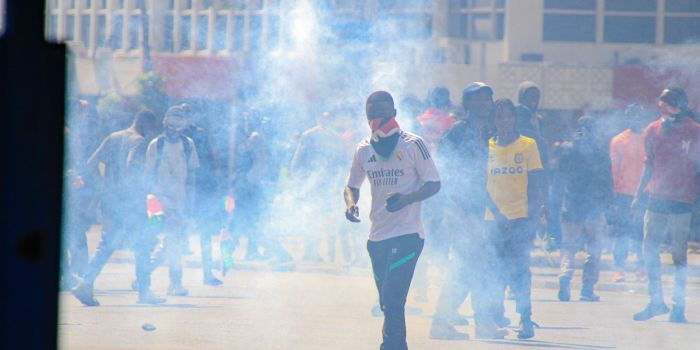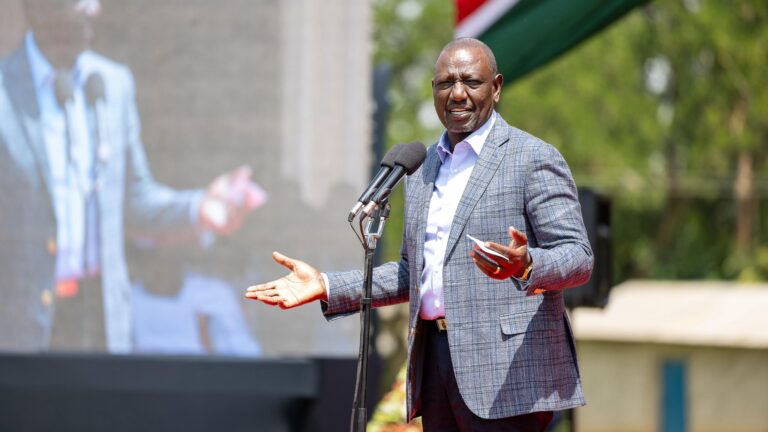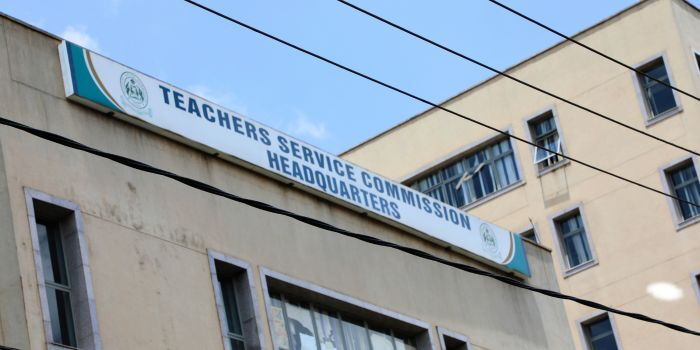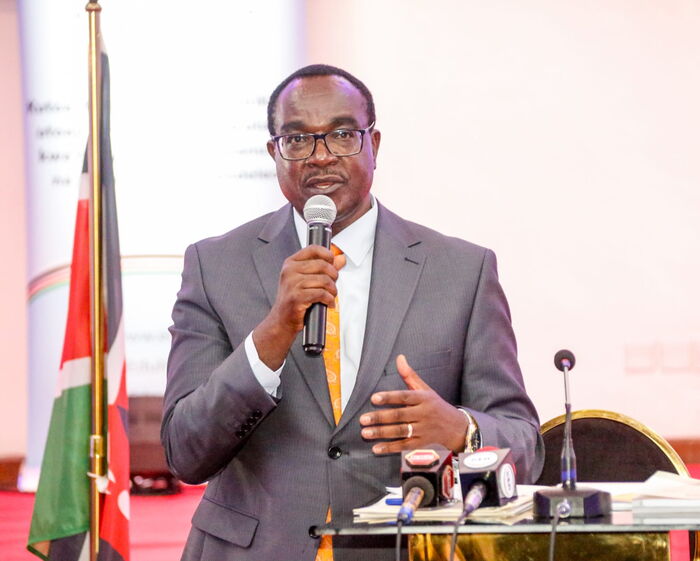
A wave of student rebellions—once confined to burnt dormitories and riot‑torn campuses—has opened a new front in Kenya’s growing youth insurgency, feeding into broader street protests and national unrest, according to a sweeping analysis of school disturbances over the past decade .
What started as episodic arson—including the tragic burning of dorms in 2018 and 2024—has morphed into targeted youth activism, driven by frustration over exam pressure, autocratic school leadership, and political disenfranchisement .
Described as “prison‑camp environments,” boarding schools became the crucible for protest tactics that would later fuel mass demonstrations in public spaces.
Analysts now trace a direct line from those dormitory fires to the June 2024 anti‑Finance Bill protests—where students traded torching dorms for tear‑gas clouds outside Parliament, amplifying a decade‑long pattern of youth dissent finally erupting onto the streets of Nairobi.

These young protesters brought more than slogans to the capital—they brought battle‑hardened protest tactics first forged in school corridors—flooding digital networks with hashtags like #OccupyStateHouse and spurring early school closures by June 23, 2025 .
Experts warn this uprising is more than a reaction to tax hikes. It is the culmination of years of ignored student voices. With every arson attack, student-led walkout, and riot, the nation has witnessed a relentless cry for respect, participation, and equitable treatment—first in dorms, now on the streets .
Nationally, at least 63 schools have reported unrest in recent months—some forced early closures as schools raced to send students home for safety.
This trend reflects a young generation increasingly unwilling to wait, moving from campus walls to public squares to demand structural change .Civil society voices caution that dismissing these youth protests as hooliganism misses their political potency.
“Students learned that violence gets attention and arson becomes a tool to negotiate,” noted one academic study—pointing to a toxic mix of authoritarian control, academic stress, and zero‑dialogue environments .
As the nation braces for more protests and a volatile run‑up to the 2027 elections, this convergence of school unrest and civic revolt has sparked a critical question: Can Kenya’s leadership address the root causes—student neglect, oppressive governance, economic anxiety—or will the cycle of fire, dissent, and silence escalate further?
This unfolding story reveals a generation that no longer hides its fury behind locked gates and burned textbooks.
They are demanding to be seen, heard, and respected—not as pupils, but as citizens. And Kenya—and its institutions—can no longer afford to ignore them.









